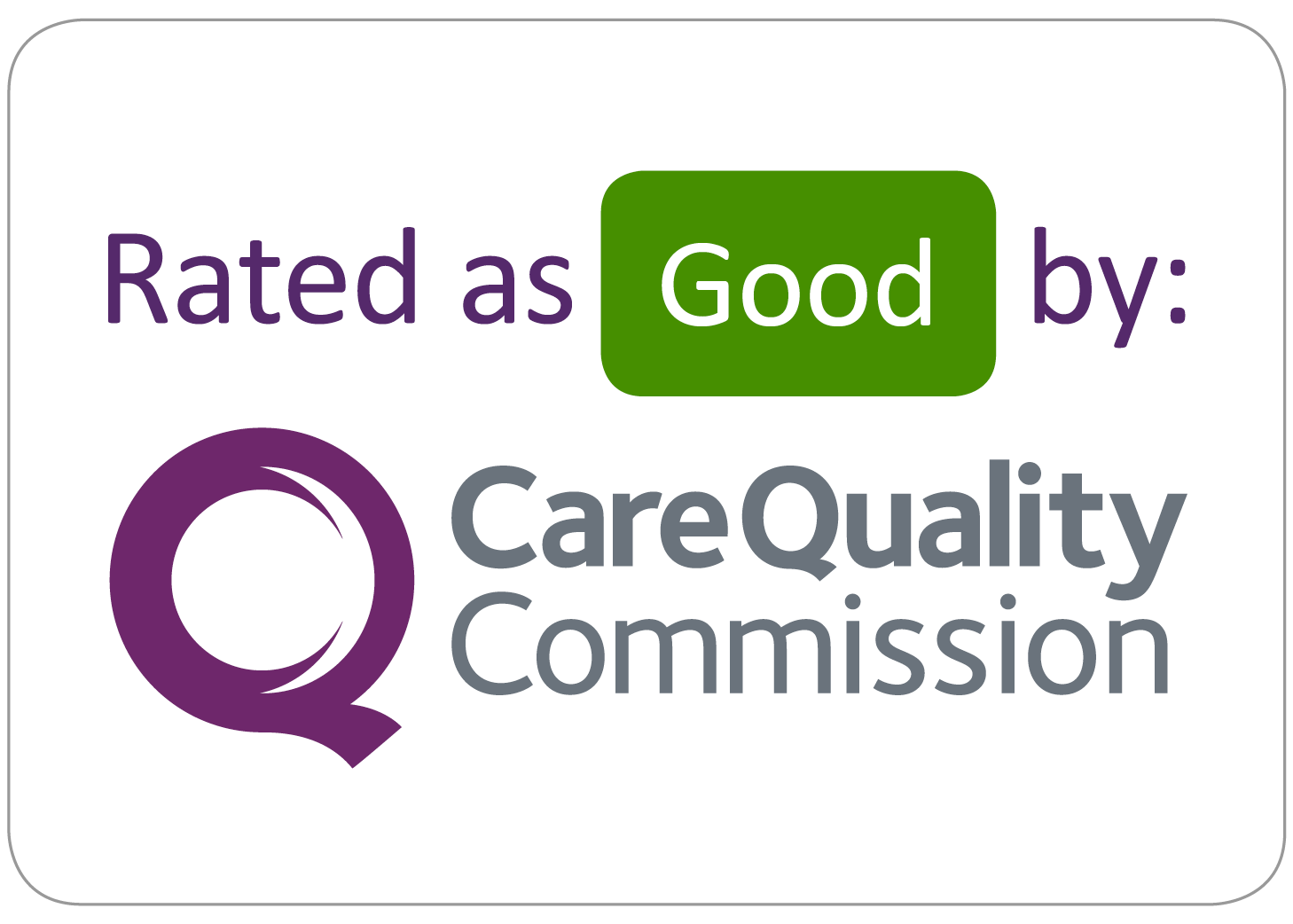Business Intelligence

Business Intelligence Strategy
The Business Intelligence strategy advocates organisational wide coverage where key departmental systems reporting outputs are transparent and are understood. The following principles will be adopted:
- Reporting systems will be viewed from both an internal and external lens and integrated to provide a single version of the truth.
- “Getting it Right First Time” Will be integral to our business.
- Improved efficiency will provide all information from ward to board available as necessary through increased automation.
- A simple self-sufficiency solution will allow access to critical decision-making data.

- Key organisational “signed off” reports with a distinctive branding will be produced following a rationalising process led via the Performance Management Framework (PMF).
- Visibility of greater data richness provided from clinical systems in the form of new Clinical Information reports will be led by the clinical services.
- The Knowledge Portal will continue to drive the standard requirement of as much information as possible.
- Consider how other digital reporting systems are utilised and captured to ensure all data is included as part of the overall BI strategy.
- The Business Intelligence team within CHFT will be recognised as a Centre of Excellence.
- Augmented and Artificial Intelligence (AI) will be considered as we develop our digital systems.
- Use the guidance offered by the international model for Analytics adoption:. The Analytics Adoption Model for Analytics Maturity (AMAM) .
"The Business intelligence team in CHFT will be recognised as the centre of excellence"
Data Quality
In a mainstream digital world data quality has never been more important. HIMSS Analytics have created the Adoption Model for Analytics Maturity (AMAM) The standards described in the model are reliant on good data governance and data content and will help develop our future information strategies. The model is focused on four specific areas
- Data content - data collection requirement, from basic data used to run a business to more advanced data needed in support of personalized medicine. The data content sought is balanced to support operational and financial analytics as well as clinical oriented efforts.
- Infrastructure - Analytics infrastructure includes not only the database and reporting tools, but the ability to extract, transform, and load data from a variety of internal and external data sources in a timely manner.
- Data Governance - Data Governance efforts grow to ensure analytics efforts are aligned with organizational strategic priorities and that analytics serves the needs of the business effectively .
- Analytical competency - The tools to compliment intuition and experience-based decision making with data driven decision making are put into place and then exercised to the appropriate Stage level identified by the organization
Stage | Himss Analytics AMAM Adoption Model for Analytics Maturity Cumulative Capabilities | Summary |
|---|---|---|
| 7 | Personalized medicine & prescriptive analytics | Mass Customization of care |
| 6 | Clinical risk intervention & predictive analytics | Mass Customization of care. Advance Clinical, Operational, and financial analytics |
| 5 | Enhancing quality of care, population health, and understanding the economics of care | Advance Clinical, Operational, and financial analytics |
| 4 | Measuring and managing evidence based care, care variability, and waste reduction | Advance Clinical, Operational, and financial analytics |
| 3 | Efficient, consistent internal and external report production and agility | Advance Clinical, Operational, and financial analytics. Build a strong Foundaction |
| 2 | Core data warehouse workout: centralized database with an analytics competency center | Build a strong Foundaction |
| 1 | Foundation building: data aggregation and initial data governance | Build a strong Foundaction |
| 0 | Fragmented point solutions | Build a strong Foundaction |

















